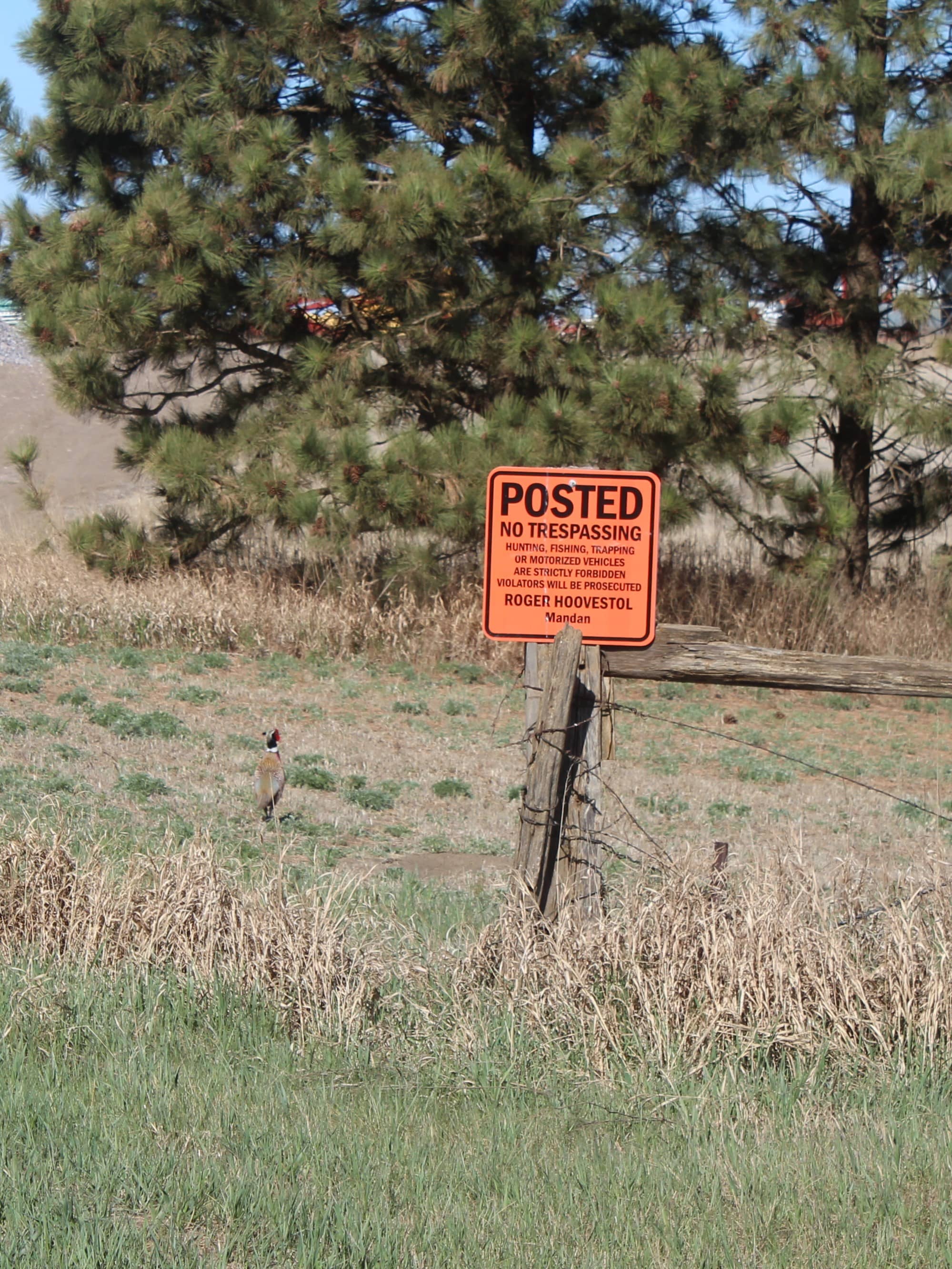
Private land initiatives powered by sportsman dollars and conservation organizations are as vital to our hunting heritage as the access granted by a willing and supportive farmer or rancher and both parties will rely upon one another (and likely are one-and-the-same in many cases) for the future of both activities. Simonson Photo.
By Nick Simonson
The video represents not only landowner-sportsman relations at its lowest point, it also comes when communication among people in general has seemingly reached its nadir. In the now infamous clip that runs longer than it takes me to walk my dogs around the block, the landowner lobs more cursewords in that span than an R-rated movie does in its two-hour entirety. The hunters stand stubbornly fast, unwilling to compromise their position; instead filming the breakdown of civil discourse for internet fame. Even political affiliations – related to nothing that is going on in the piece of flickbait – are wielded as weapons in a tirade gone viral. If you haven’t seen it yet, it isn’t worth your time, though every blog and Facebook page has reposted it for just that reason, to get your clicks and attention. If you have seen it already, you likely know what I’m talking about, and probably closed your browser with the idea that nothing good came of the situation, and we’re all worse for having watched it.
What the video conceals under the vitriol within it, the side-taking surrounding it, and the bitter kibbitzing which followed, is that both landowners and sportsmen have relied on each other for decades in continuing the hunting heritage that has served not only as the base for conservation in this country, but also as the foundation on which our modern agricultural practices are set. The three pillars on which hunters rely on to pursue their passion – access, habitat, and wild game – all are subject to the management of owned lands throughout the United States in the possession of private individuals. With land ownership comes certain rights which vary across jurisdictions pertaining to exclusion and the quiet enjoyment of the owned resource. While some land is used for crops, some land is used for minerals, some land is managed for conservation, and some is simply left fallow, all land is integral in the housing, feeding, and promotion of wildlife of varied sorts. Without landowners, there would be only a small and unstable base on which those pillars are to be set and strengthened for the future of hunting.
The same can be said for hunters. Hunters generate billions of dollars in funds which flow back to private landowners for the benefit of their operations. Beyond general tax dollars, hunters have raised countless funds and created conservation groups for private land initiatives that improve the bottom line for farms and ranches across the country while advancing conservation programs and helping to sustain wildlife populations, while making the raising of cattle and other livestock along with growing crops more efficient and more productive.
In a moment of Jekyll-and-Hyde, however, it’s important to note that many hunters are landowners, and many landowners are hunters, and the labels (which society seems to value more now than ever in dividing us) aren’t mutually exclusive. As one with land interests and a love of the outdoors, conservation, hunting and fishing, the need for reasonable protection of property rights and advancement of access, preservation and promotion of habitat to sustain wild game, wildlife and threatened species, too, I realize, are not mutually exclusive; and the balancing act between the two remains as challenging as it was a decade ago. In light of how attitudes can change in a few minutes of an online video, such a harmonizing is probably more challenging than a century ago, when game was scarce, water was polluted, and the future many fish and wildlife species was in doubt, along with the future of agriculture as topsoil blew away in the wind of an era now almost forgotten.
It’s undeniable that the video represents the very worst in us, and in turn, has brought out the worst in those nameless, faceless masses of anonymous internet thugs, sniping from the sidelines and saying it is rock bottom for landowner-sportsman relations. But the neat thing about hitting bottom is, there’s nowhere to go but up.
Now, on the eve of the year’s most exciting hunting season, where love for the outdoors, love for family, celebration of our biggest of big game, and reliance on one another for a safe and enjoyable hunt is renewed – regardless of our label as landowner, hunter or both – and brings us all a chance to turn the tide, right the ship and set a new trajectory. As you set foot in the field in pursuit of the deer allotted to you on that adhesive piece of paper in your wallet, remember all that it takes to make the hunt happen. So too, as you finish off the last of the standing corn from the comfort of a modern combine’s cab, remember all that we depend on one another for. From the landowner whose acres are enrolled in a public-access or conservation program, to the hunter whose dollars help plant new stands of grass, foster efficient farming and ranching practices, and all the management professionals, biologists, agricultural engineers and others who connect the chain. It is all of us working together which keep the three pillars of American hunting standing tall and agriculture at its best, no matter what crisis – internet derived or otherwise – should attempt to shake that foundation.
